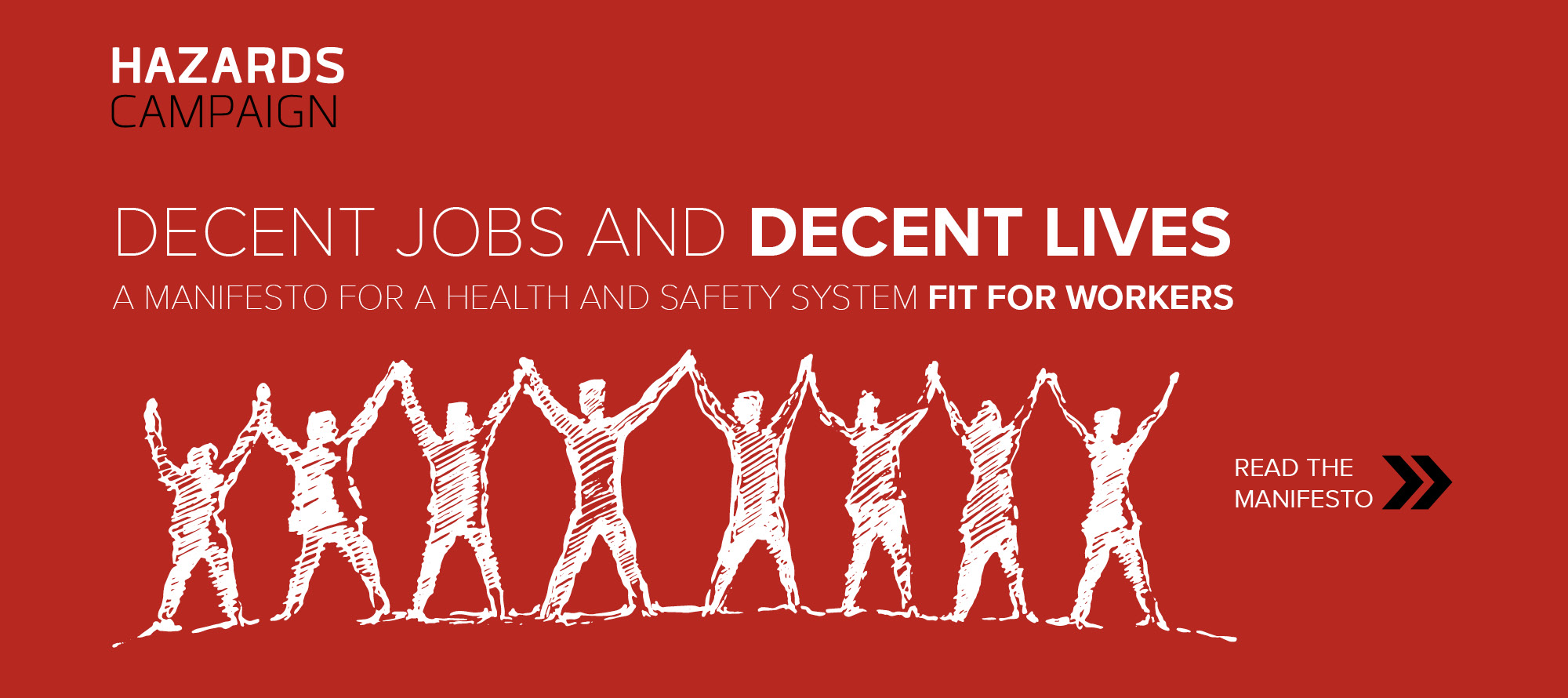Executive pay inquiry: Persimmon is “a tale of corporate greed”
06 June 2018 The remuneration structure at house-builder Persimmon has been described as "a tale of corporate greed and incompetent pay management" by the Chair of a government inquiry into income inequality.
06 June 2018
The remuneration structure at house-builder Persimmon has been described as “a tale of corporate greed and incompetent pay management” by the Chair of a government inquiry into income inequality.
Watch video of the inquiry
The Business, Energy and Industrial Strategy Committee is investigating the gender pay gap and executive pay as part of its inquiry Corporate Governance – Delivering on Fair Pay.
During oral evidence this morning, Chair of Persimmon’s remuneration committee Marion Sears admitted that her company’s CEO Jeff Fairburn received £45 million in total pay in 2017.
Mr Fairburn was initially set to receive £100m in bonuses in December, but agreed to £75m after a public outcry.
The scheme through which he was due the massive payout gave £600m in total to just over 100 executives.
Ms Sears did not know how much an average worker at the firm was paid.
Chair of the Committee, Rachel Reeves, commented: “Executive pay at Persimmon is a tale of corporate greed and incompetent pay management, financed on the back of a tax-payer funded housing scheme.
“Persimmon paid out huge bonuses to the men at the top of the firm and yet this morning we have heard that Persimmon are unable to tell us how much average workers at the company are paid. If Persimmon can pay their Chief Executive £45 million, they must ensure they pay all their staff the Living Wage.”
Charles Cotton, senior performance and reward adviser at the Chartered Institute for Personnel and Development, also appeared before the panel this morning, and agreed with the assessment that executive pay is too high.
The expert described business performance as a “collective endeavour” and criticised the well-worn excuse that bosses must be paid sky-high rewards in order to retain their talent.
He reported to the Committee that executive pay surged by around a fifth in 2017 while real wages remained stagnant for the average worker.
The Institute of Employment Rights recommends in our Manifesto for Labour Law – 25 recommendations for reform – that pay inequities are resolved through both an increase in the minimum wage to meet the Real Living Wage (calculated according to living costs), and the reinstatement of sectoral collective bargaining. Sectoral collective bargaining involves the negotiation of pay and conditions (which can include working hours, flexibility, training, dispute resolutions and more) between trade unions and employers’ associations. Agreed minimums set during this process then apply across each industry, regardless of whether or not workers are members of trade unions or are employed permanently or full time. Our proposals have been endorsed widely by major trade unions and political parties, including the Labour Party, which has adopted the Manifesto for Labour Law as a blueprint for employment law reform. Indeed, several of our recommendations were included in Labour’s 2017 Manifesto For the many, not the few, including the introduction of a living wage and sectoral collective bargaining.





